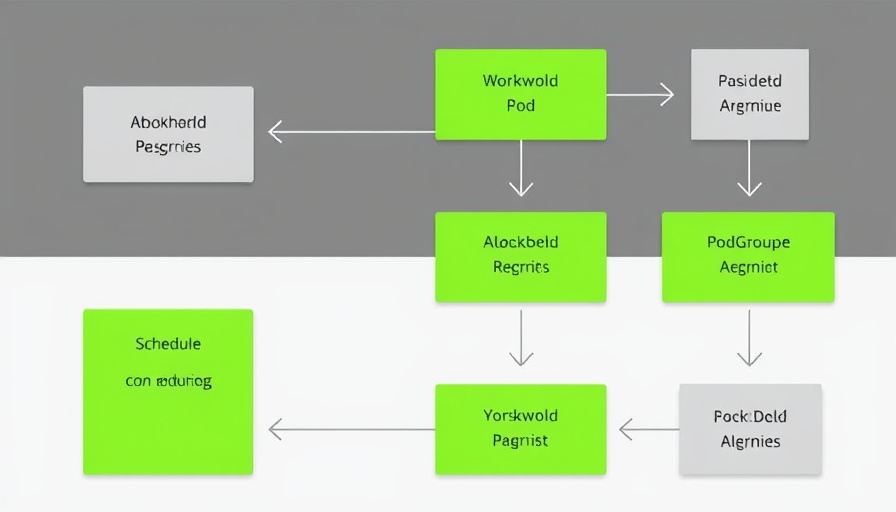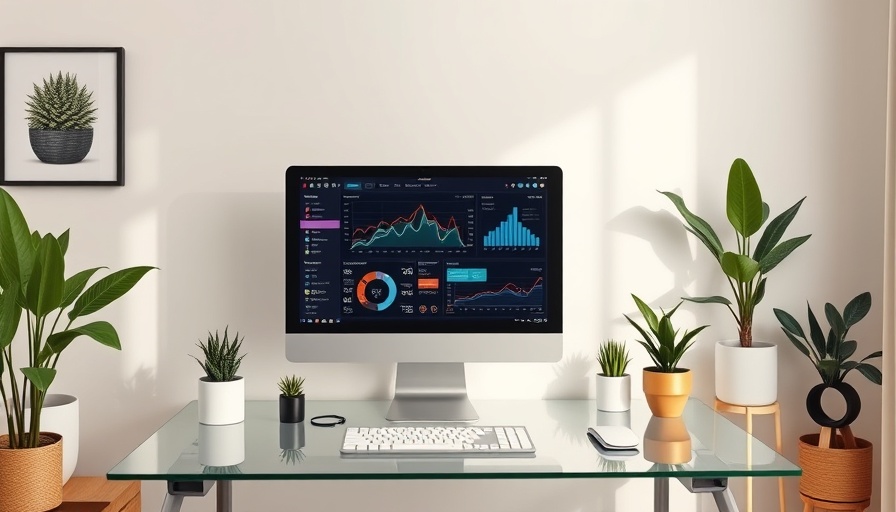
Nvidia and Google DeepMind Collaborate with Disney to Revolutionize Robotics
In an exciting announcement at GTC 2025, Nvidia has revealed a groundbreaking partnership with Disney and Google DeepMind to develop a new physics engine called Newton. This innovative tool is set to transform how robots move and interact in real-world settings, paving the way for next-generation entertainment robots at Disney parks.
New Horizons in Robotics: What is Newton?
The Newton physics engine is designed to help developers create more realistic robotic movements. By simulating how robots interact with various physical elements—such as food, cloth, and even sand—developers can harness Newton's capabilities to program robots that perform complex tasks at a level of precision previously unattainable.
Nvidia CEO Jensen Huang emphasized the significance of this technology during his keynote, stating that the collaboration aims to make robotic interactions more expressive, allowing these machines to engage with people in a more relatable manner. The ability for robots to learn and adapt their movements will undoubtedly enhance visitor experiences at Disney parks.
Disney's Vision Comes to Life
Disney has long been a pioneer in animatronic technology, utilizing robots to create captivating attractions. With the introduction of the BDX droids—Star Wars-inspired robots that will roam Disney parks—the current partnership marks a pivotal evolution in Disney's approach to entertainment technology.
As articulated by Kyle Laughlin, senior VP at Walt Disney Imagineering, the ambition is to allow these robotic characters to connect with guests in unprecedented ways. The collaboration aims not only to bring these characters to life but also to foster a more immersive theme park experience.
The Role of AI and Machine Learning in Robotics
Integrating Google DeepMind’s advanced AI technologies is essential to this collaboration. DeepMind is working alongside Nvidia to leverage its MuJoCo physics engine, which simulates multi-joint movements. By combining forces, the teams aim to create robots that are not just reactive but also capable of learning from their environments—effectively making them smarter and more adaptive to dynamic settings.
This blend of AI and robotics promises not only to enhance visitor experiences but also to set a new standard in the industry. As Disney prepares to roll out these technologies at various theme park locations beginning next year, the reception from the public is likely to be significant.
Moving Forward: What's Next for Disney and AI Robotics?
The path forward involves significant milestones, including the open-source release of the Newton engine later this year. This move is geared towards engaging the broader developer community, allowing innovators across various industries to devise new applications and creative uses of robot technology.
Moreover, Huang's unveiling of Groot N1, a foundational model for humanoid robots, further showcases Nvidia's ambition in this sector. By equipping these robots with better perception and reasoning abilities, Nvidia is excited at the prospect of crafting increasingly human-like interactions. As these advancements unfold, the implications extend beyond mere entertainment; we are venturing into the realm of general-purpose robotics.
A Glimpse into the Future of Robotics
What can we expect as Disney and its partners continue to innovate? As the landscape of robotics evolves, we will likely see advancements that reshape our understanding of entertainment and engagement in public spaces. Robotic characters that can converse, adapt, and personally connect with guests will be significant milestones in the journey.
This partnership not only emphasizes the intersection of technology, art, and storytelling but also invites a broader discussion on the ethical implications of smarter robots and their roles in society. As Disney prepares to launch these clever machines, all eyes will be on how they manage this balance between entertainment and responsible AI use.
AI enthusiasts should keep a close watch on these developments, as they represent more than just a technological leap; they forge new paths for creativity and interaction in our increasingly digital world.
Join the conversation and explore how these advancements might change our interactions with technology in the future!
 Add Row
Add Row  Add
Add 




 Add Row
Add Row  Add
Add 

Write A Comment